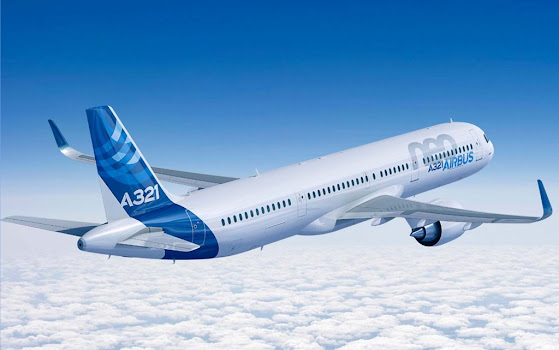What happens if a commercial airliner flies over the ceiling limit?
When a commercial airliner flies above its maximum rated
ceiling, several factors come into play that can affect its performance and
safety. Engine thrust is one crucial factor that limits the aircraft's ability
to fly at higher altitudes. At higher altitudes, where the air is thinner and
less dense than at lower altitudes, there is not enough air passing through the
engines to generate the required thrust.
The maximum altitude an aircraft can achieve is typically
defined by two different terms: service ceiling and absolute ceiling. The
service ceiling is the altitude at which the aircraft's climb rate becomes
significantly slow, making it effectively "top out." It represents
the practical operational limit for the aircraft. On the other hand, the
absolute ceiling refers to the maximum altitude an aircraft can reach under
ideal conditions, with zero rate of climb.
If a commercial airliner were to attempt to fly above its
maximum rated ceiling, several issues could arise. First, the engines would
struggle to produce the necessary thrust to maintain level flight, which could
lead to a loss of speed and altitude. As a result, the aircraft's ability to
maintain its intended flight path would be compromised. Additionally, the
thinner air at higher altitudes would impact the performance of various
systems, including the aircraft's aerodynamics and engine cooling. This could
potentially lead to a decrease in maneuverability, reduced engine efficiency,
and increased risk of engine overheating.
Moreover, flying above the designated ceiling limit could
also pose safety concerns. The aircraft may encounter the limits of its
structural capabilities, as the design and materials used may not be intended
to withstand the stresses associated with higher altitudes. In extreme cases,
exceeding the maximum rated ceiling could even result in structural failure or
loss of control.
It's important to note that commercial airliners are
certified and tested for specific operating conditions, including their maximum
rated ceiling. The manufacturers and aviation authorities determine these
limits based on extensive research, testing, and safety considerations.
Exceeding these limits can significantly compromise the aircraft's performance,
safety, and structural integrity. Therefore, it is crucial for pilots and
operators to adhere to these limits and operate within the specified parameters.
 |
| Modern Cessna 172's have a maximum altitude of 13,000ft - 15,000ft |
Theodore Kyrazis, an Airbus A-320/321 captain and a retired
USAF F-15 pilot, explains it in non-aeronautic speak:
Emergency oxygen supply: Airlines impose altitude
limits, Kyrazis says, “to ensure there is enough oxygen supplied to all the
masks for the amount of time it takes to accomplish an emergency descent to an altitude
where the oxygen masks are no longer required (around 10,000 feet).”
Sudden cabin depressurization: A loss of cabin pressure
can occur if a plane flies too high, and if that happens, passengers and
crew—including pilots—can lose consciousness. When it happens with a fighter
jet, Kyrazis explains, “it’s a simple matter of rolling over and going straight
down back to a comfortable altitude in less than a minute. It’s not so trivial
for a commercial aircraft.”
Equipment failure: “Almost all modern aircraft have
sophisticated computers monitoring aircraft weight, speed, outside air
temperature, wind speed and direction, and the angle of the wing relative to
the incoming wind,” Kyrazis says. “If a pilot were to try climbing above the
recommended altitude and keep going, either the engines would not produce
enough thrust to keep climbing or the wings would stall.”
 |
| Oxygen masks hung from the ceiling of a Singapore Airlines Airbus A380 superjumbo as it lost cabin pressure on a flight from London to Singapore in 2014 |
The family consisting of the A319neo, A320neo, and A321neo,
has a service ceiling of up to 39,800 ft (12,131 m)












Post a Comment